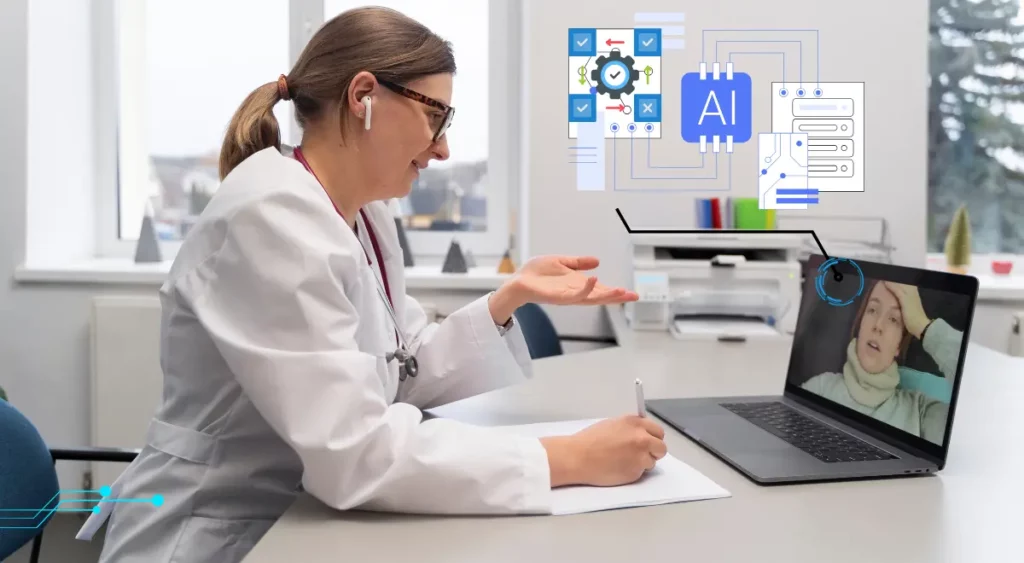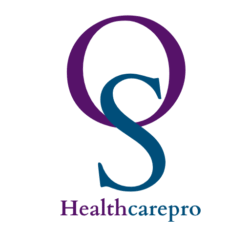CMS Final Rule for 2026: Converting RPM, CCM, and PCM into Actual Revenue
November 24, 2025 | by Steven Johnson

The 2026 CMS Physician Fee Schedule Final Rule marks a major shift in how Remote Patient Monitoring (RPM), Chronic Care Management (CCM), and Principal Care Management (PCM) transform into reliable, recurring revenue streams. Instead of incremental updates, CMS has created clearer structure, more flexible billing pathways, and expanded code options — giving practices significant opportunities to monetize remote care while improving patient outcomes.
A New Era for Remote Care Reimbursement
CMS’s 2026 rule introduces expanded RPM code flexibility, stronger care management guidance, and a more realistic alignment with how practices actually deliver remote care. The goal is simple: reduce administrative burdens, recognize shorter monitoring periods, clarify overlapping services, and reward ongoing patient engagement. Together, these changes help convert sporadic remote-care efforts into consistent monthly revenue.

Key Shifts Affecting RPM, CCM & PCM
1. Shorter, “Right-Sized” RPM Requirements
CMS now recognizes reimbursement for shorter monitoring windows and introduces RPM codes designed around clinically meaningful intervals instead of rigid 30-day criteria. Practices can bill even when patients have fewer days of device readings, as long as medical necessity and clinical management are documented.
2. Clearer Care Management Rules
For CCM and PCM, CMS strengthens language around required elements, consent, care planning, and time tracking. The rule clarifies how these programs can coexist when services do not duplicate one another — a major win for practices providing layered care management.
3. Increased Alignment of RPM + CCM/PCM
CMS reinforces that RPM can support the care plan central to CCM/PCM. This encourages combined billing when appropriate and ensures remote data is recognized as part of ongoing care management.
4. Operational Flexibility
The rule acknowledges the realities of patient engagement, staffing, and device variability. Practices gain more flexibility in how they structure remote programs, letting them deliver valuable care more efficiently.
Even modest adoption (100–200 patients) can generate six-figure annual revenue with the correct workflows.
Identify conditions appropriate for shorter monitoring cohorts.
Build a “care management hub” staffed by an RN/MA and supported by a digital RPM platform.
Update consent, enrollment, and care-plan templates to reflect the 2026 rule.
Train staff on non-overlapping documentation for RPM + CCM/PCM.
Launch a phased onboarding plan starting with your highest-risk patients.
Conclusion
The 2026 CMS Final Rule changes the game. Remote care is no longer a niche pilot project — it is a strategic revenue engine. By combining expanded RPM flexibility with strengthened CCM and PCM structure, CMS has effectively created one of the most reliable reimbursement pathways available to outpatient practices.
Organizations that modernize workflows and act early will see remote care evolve into meaningful, predictable revenue — while keeping patients healthier, more engaged, and better supported between visits.
RELATED POSTS
View all



